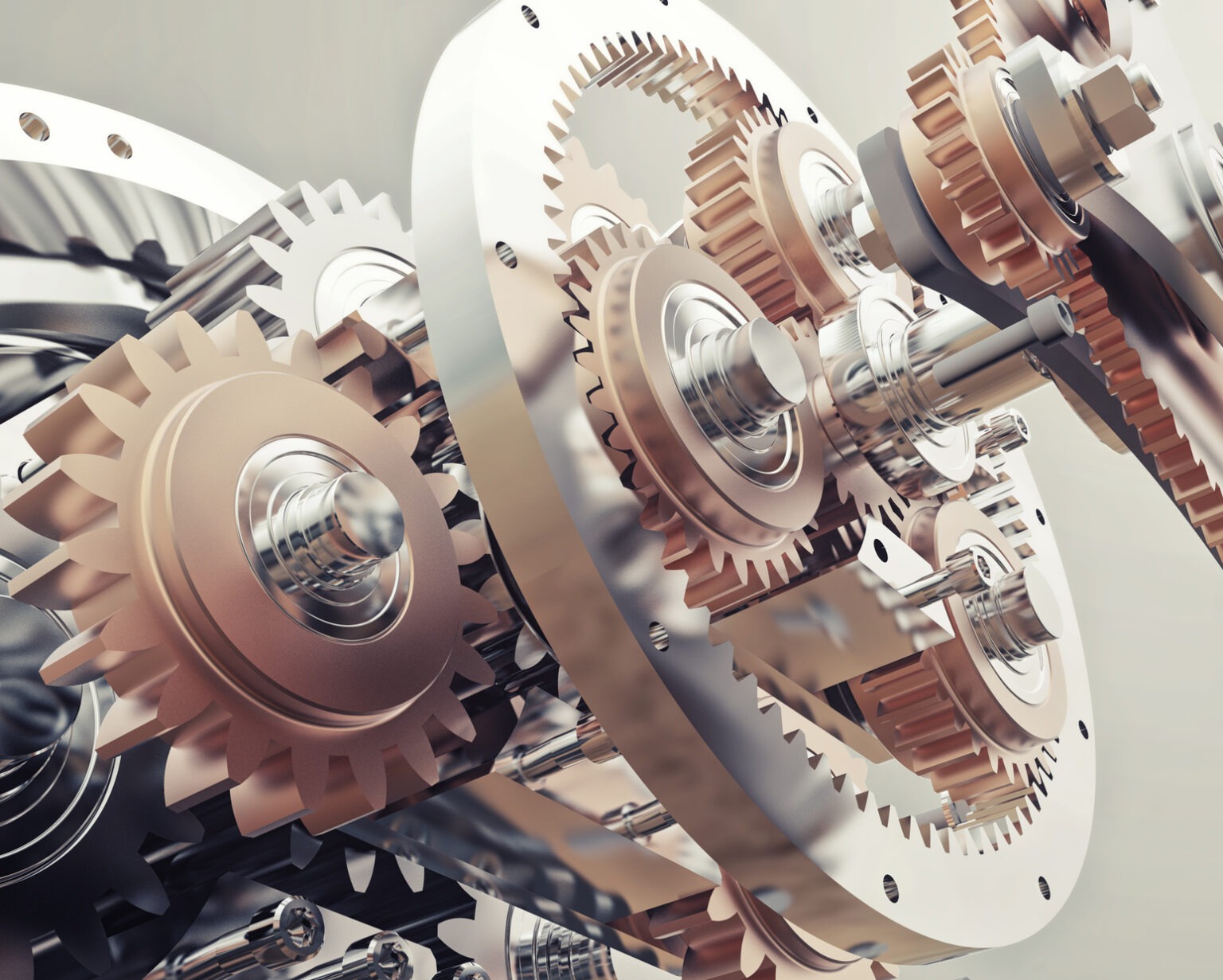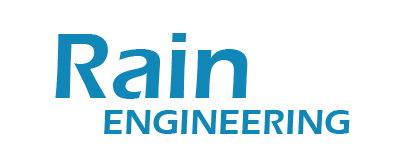
Every manufacturer is working to improve profitability, and efficiency is often the first place they set their sights. Successful companies already have a clear understanding of how their people, equipment, and process are performing–but some overlook these three things that can get a quick return on investment, reduce downtime, and have a real impact on the bottom line.
1) I Cannot Afford to Buy All New Equipment
The high cost of an obsolete part from an OEM or eBay often seems insignificant when you are trying to keep the plant running. But downtime costs are exponentially increased while you search the internet for replacement parts, or look for a qualified technician to service your equipment. You stand to lose a lot of money each time the equipment fails. With this in mind, modernization of key assets will have a more significant return on investment than you may have considered and it might be time to get an upgrade.
2) My People Know How to Run These Old Machines
Qualified operators and maintenance personnel are tough to find and everyone is doing what they can to keep the good people they have. But modernized control systems with simpler operator interfaces and more common hardware make it easier to train new employees. This also increases the pool of qualified candidates capable of operating or maintaining the equipment. There is one more advantage; people both old and young would rather work with modern technology. It makes employees feel like the company they work for cares about their safety and productivity.
3) It Costs too Much to Connect this Old Stuff to the Network
Cost is a huge factor when considering machine connectivity as a part of your performance management strategy. It really doesn’t cost any more to connect a legacy piece of equipment than it would to connect a modern one. What you gain by modernizing is the quality of information coming from the machine. Legacy equipment allows you to get status data (producing or not), but if you want true performance, quality, asset health, or traceability information, a modern controller can provide it. Especially if you design it in when you modernize.
You may not have considered modernization as an option because it can be expensive. But it is also very necessary to compete. You want to draw from the largest possible pools of employee candidates, train them quickly, and retain them with a great work environment. That includes having reliable equipment that is easy to operate and maintain, while also providing great information to users and leadership so they may make timely and impactful decisions each minute.
EXCELLENTTrustindex verifies that the original source of the review is Google. I have been collaborating with Rain Engineering for the past two years, and can state unequivocally, that this has been one of the most fruitful support relationships I have enjoyed over the last 25 years as an Automation Engineer. Their Proficy/PlantApps support goes above and beyond what is typically expected in these relationships. Our support plan has made it easy to meet up, train up, and keep initiatives moving forward.Trustindex verifies that the original source of the review is Google. My company has used Rain Engineering for years now to help train and support our software needs. The employees are knowledgeable, kind, and always available when needed. If you want peace of mind with your current set up or need help bringing your company to the next level, I would highly recommend Rain.Trustindex verifies that the original source of the review is Google. My experience in collaborating with their CEO, Don Rahrig was first class. Don is very knowledgeable with factory automation and is passionate about driving towards the greatest efficiencies possible for his customers. His combination of technical expertise and business savvy is an excellent combination that will drive results for your organization.Trustindex verifies that the original source of the review is Google. Rain Engineering has a great staff of engineers expert in MES/MOM and Automation applications. They've helped several of our customers. They know manufacturing!Trustindex verifies that the original source of the review is Google. My company has hired Rain Engineering for several projects and they have always delivered! The staff is knowledgeable, efficient and goes above and beyond to deliver the best product to fit you exact needs. I highly recommend this company!!Trustindex verifies that the original source of the review is Google. Great customer service and support! They really care and want your company to reach it's goals. Very knowledgeable and also helpful long after they install a project when you have questions.Trustindex verifies that the original source of the review is Google. I have worked with Rain Engineering for many years. In my experience with Rain, I have seen them redesign a poorly implemented MES, provide support for highly complex 24/7/365 systems, implement new features into MES, and implement a new MES in the cloud. Their technical skills are top-notch. I have worked with many other companies that provide services similar to Rain. Those other companies just don’t have the dedication to positive outcomes.Trustindex verifies that the original source of the review is Google. Excellent development capabilities in Plant Applications and reporting. Project team worked tirelessly to ensure our project was successful and sustainable. They also provide excellent support for Plant Apps, Data Collection and other MES applications.Trustindex verifies that the original source of the review is Google. Solid engineering company with strong skills in CNC, PLC, and Data Collection integration.
